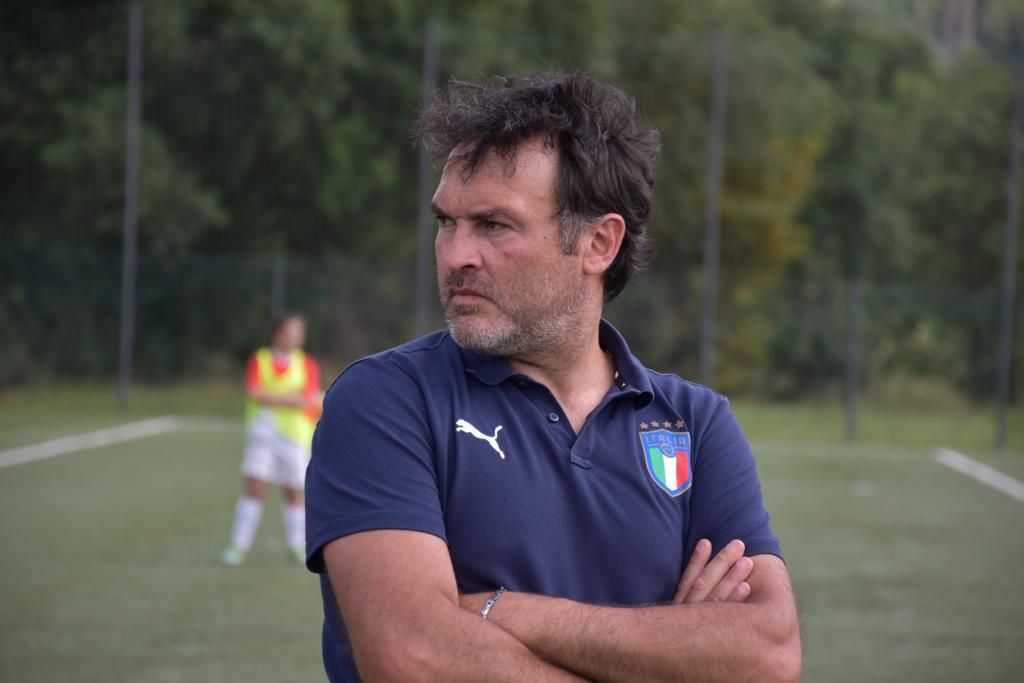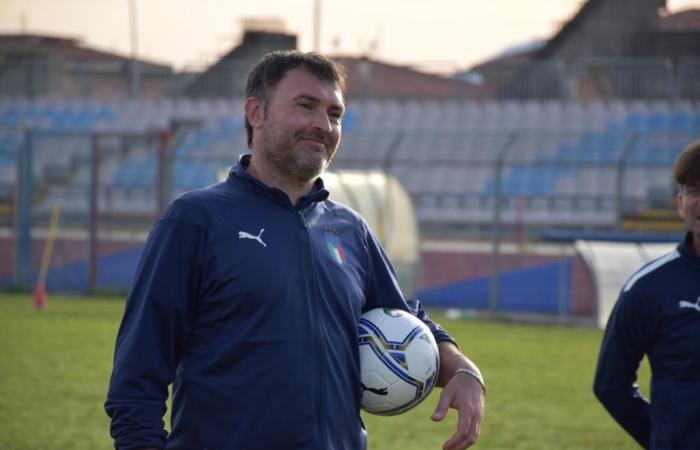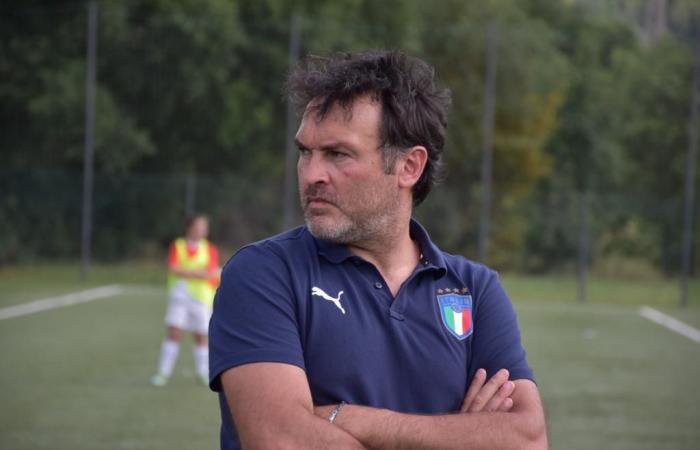Ten Training, chapter four. Like four, moreover, they are the cornerstones of the working method created by this sports association for its individual and collective improvement sessions. After having explored adapted technique, cognitive function and motor-coordination component, today we complete the picture with an all-round chat together with Simone Santoni, who will talk to us about what is almost certainly the best known of the various factors involved in a football exercise : the tactics. Former FIGC Lazio manager who currently holds the role of sports director in Ten Training, will reveal to us the most specific and not always explored aspects of correct sporting practice.


First things first: tell us about your experience at the FIGC and how you approached Ten Training. What are the responsibilities of your role?
“I was technical manager of the federal centers as part of the Evolution Program project for two years and selector of the women’s Under 15 for one year, while my last experience was that of coach of the Roma women’s team in Serie C. For me it was an important training period that enriched me a lot and also changed my way of seeing football in many aspects, in particular with regards to the relationship created in the team group, as well as between coaches and kids. We met with Ten in August last year through mutual friendships and a great understanding was created immediately. At that moment I was in Lazio and this first approach between us was intended to export the methodology to that region. Then, due to various situations and vicissitudes, I moved to Lombardy and at that point I began to operate directly within the company, continuing at the same time to carry out the expansion project through contacts who were very close and trusted to me. I want to thank all the guys from the association, Mattia (Peace, ed.)John (Coghi, ed.)Fabio (Mascetti, ed.) and Federico (Cordiano, ed.), for giving me this opportunity in a context that aims to evolve at any time. Going into the specifics of my role, in addition to taking care of the field work, I am the coaches’ contact. This is an operational assignment that consists of managing all the commitments of our instructors, so that Mattia and Giovanni can focus mainly on the commercial area”.
One of the objectives of your methodology is to demonstrate that football is not exclusively made up of tactics… What is Ten Training’s idea of tactics?
“I start from a premise that takes up what Fabio and I are writing in our almanac, «The footballer we want to create», where we share the pillars of our methodology. In Ten we undoubtedly try to give something more, but we are certainly not inventing another football. By individual tactics we mean all that knowledge that belongs to the footballer, in terms of movement, posture, recognition of spaces, technique, and not only at the level of the gesture itself, but also and above all on the motor and coordination level. In the hours we spend with the kids, we try to help them recognize the various game situations within a match, which can change completely in a few seconds. Clearly the exercises of individual tactics and applied technique include different phases, of possession and non-possession, so that the player can become complete and achieve useful performances based on what is proposed to him. One of our key points is to train an effective footballer, without exerting all the pressure that we often see on the pitch, because for us achieving results through shortcuts is not even remotely imaginable.”
How the tactic is positioned in the set of the four factors?
“Football has evolved and is no longer what it was twenty or even ten years ago. Once upon a time a player only had to identify with his role, while today he must know how to juggle all situations on the pitch. Just to give an example, it is no longer enough to attack or go deep, because in modern football the goalkeeper no longer stays on the goal line. Without forgetting that a footballer may also be able to recognize a game situation, but if he has the wrong posture or is unable to perform a technical gesture appropriately, he will not be able to overcome a certain difficulty. Individual tactics are fundamental, but at the same time all the principles on which we base our method are. It is for this reason that we work so hard on the cognitive aspects. If a player, for example, tends to hunch over when driving, by means of specific exercises we help him to look at the instructor, so that he can unconsciously carry the ball with his head held high. The important thing, parallel to the discussion on the pitch, is that the boy knows that he will never be judged and that he will always be free to express himself. In our sessions we never start from pre-established patterns, but we leave room for the children’s imagination to make them understand that the mistake is not something serious but something to learn from. And to convey this message, we are committed to building trust, giving positive feedback and working inductively, rather than deductively.”
Can we also talk about a functional tactic, as in the case of technique?
“Yes, and in a certain sense there is a direct link between these two aspects, in the sense that the tactics and the applied technique start from two apparently different paths which ultimately come together to lead the footballer to have all those skills that the today’s football requires. Sometimes I share this thought with the coaches: what we did yesterday is already old today. In addition to this continuous updating, I think we have something more than the others: Ten is a family and this strength of sharing allows us to learn from each other at all times, in an environment of total discussion”.
Silvia Alabardi








